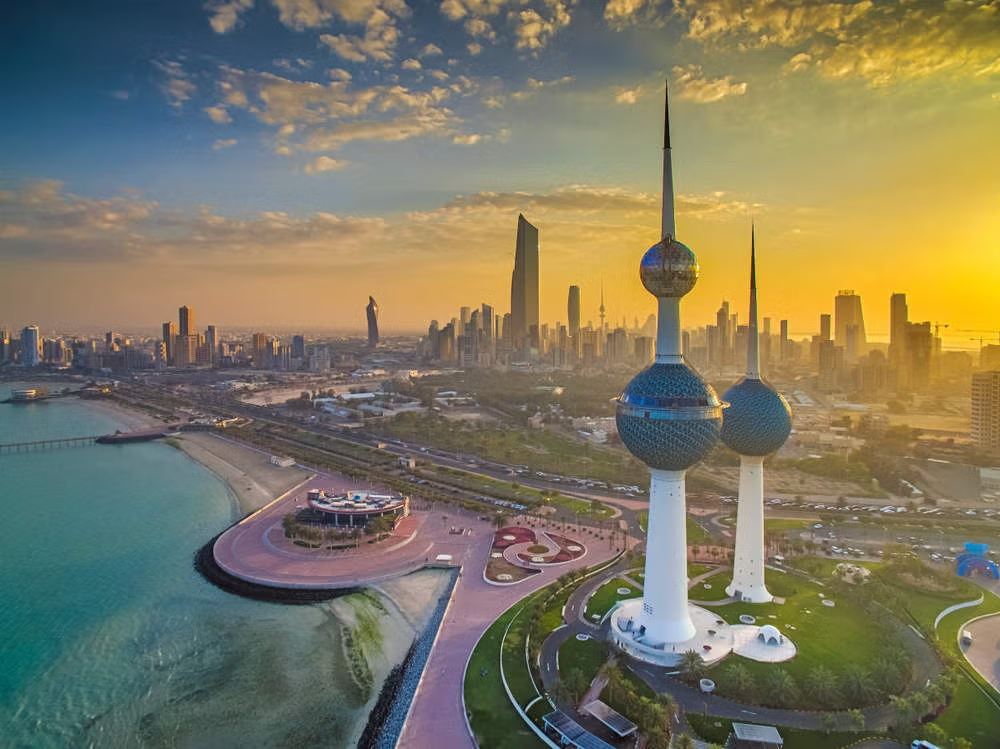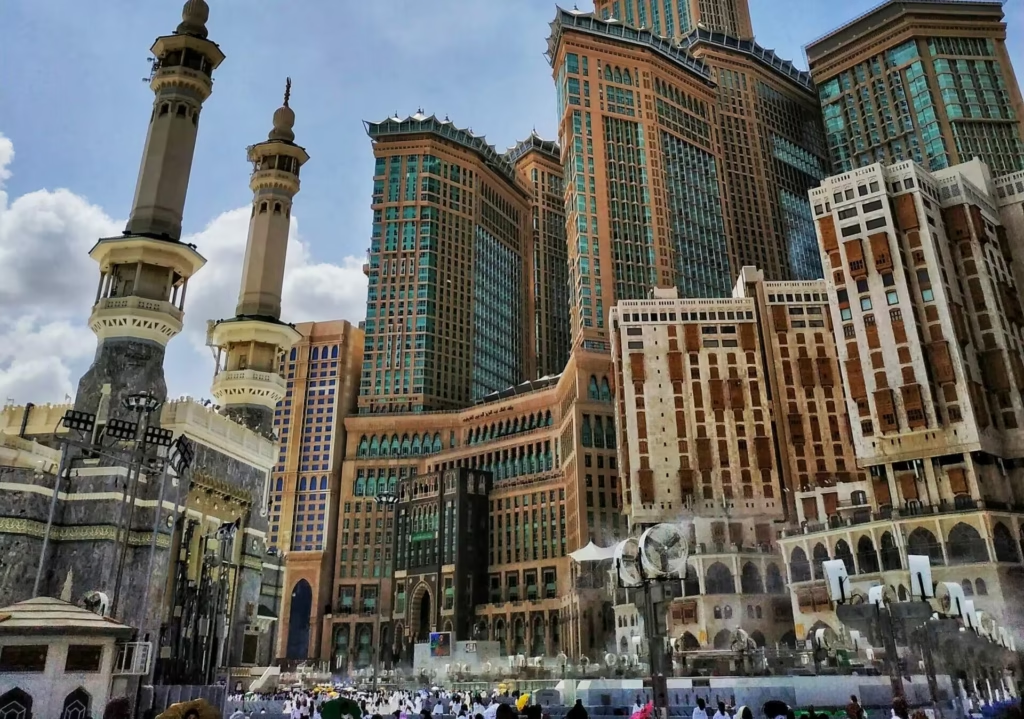
Performing Umrah is a deeply spiritual and life-changing experience for Muslims around the world. The act of worship involves traveling to Makkah, where you perform a series of sacred rituals in the vicinity of the Kaaba, the holiest site in Islam. However, one of the most frequently asked questions by prospective pilgrims is: When is the best time to go for Umrah?
The answer to this question depends on several factors, including weather, crowd levels, religious significance, and personal preferences. Understanding the best times to travel for Umrah can help you have a more meaningful and comfortable experience. In this blog, we’ll explore the best times to travel for Umrah, the factors to consider, and why timing truly matters.
Why Timing Matters for Umrah Travel
Before diving into specific timeframes, it’s important to understand why the timing of your Umrah trip is crucial. The timing can significantly influence your:
- Comfort and Convenience: The weather in Makkah can be extreme, especially during the summer months. Traveling during more temperate months will help you avoid the intense heat.
- Crowd Size: Makkah attracts millions of visitors each year, and crowds can get overwhelming, especially during peak seasons. This can affect your experience, especially when it comes to performing rituals like Tawaf (circling the Kaaba) and Sa’i (walking between the hills of Safa and Marwah).
- Spiritual Experience: The experience of Umrah is deeply spiritual, and certain times of the year carry additional religious significance, such as during Ramadan or the Islamic months of Dhul-Hijjah and Shawwal.
- Availability of Accommodation and Travel Services: The availability and cost of accommodation, flights, and travel packages fluctuate throughout the year, making the timing of your trip important to both budget and convenience.
With this context in mind, let’s take a closer look at the different times of year to perform Umrah and their respective benefits and drawbacks.
1. Best Time for Umrah: The Winter Months (November to February)
Why It’s the Best Time
If you’re looking for the ideal balance of comfortable weather, manageable crowds, and a deeply spiritual atmosphere, then the winter months of November to February are the best time to travel for Umrah. During these months, the weather in Makkah is cooler, with temperatures ranging from 15°C to 25°C (59°F to 77°F). This makes it much more comfortable to perform the physical rituals, especially Tawaf and Sa’i, which require long periods of walking under the sun.
Additionally, the cooler weather ensures that you and your family will be less fatigued and better able to focus on worship, prayer, and reflection.
Other Advantages of Winter Umrah
- Fewer Crowds: While Makkah is always busy with pilgrims, the winter months tend to be less crowded than peak seasons like Ramadan or the Hajj pilgrimage. This means less congestion at the Haram, allowing you to perform the rituals more peacefully.
- Affordable Travel Options: Because the winter season falls outside of peak religious holidays, the cost of flights and accommodation is often more affordable. You can book more reasonably priced Umrah packages and enjoy better rates on hotels and flights.
- Spiritual Atmosphere: With fewer crowds, you can enjoy a more intimate experience. The cooler weather also means you’re more likely to attend prayers in the Haram with a greater sense of comfort and devotion.
Considerations for Winter Umrah
While the weather is favorable, there are still many people traveling for Umrah during this time, so it’s important to plan ahead, especially for accommodation and flights. Additionally, the winter months coincide with the Hajj season (in Dhul-Hijjah), so the number of pilgrims may rise towards the end of the season.
2. Best Time for Umrah: Ramadan (March to April)

Why It’s a Special Time
Performing Umrah during Ramadan, the ninth month of the Islamic lunar calendar, is one of the most spiritually rewarding times to visit Makkah. Ramadan is the month of fasting, prayer, reflection, and community for Muslims around the world. Performing Umrah during this month holds special significance, and the reward for this act of worship is multiplied.
The Prophet Muhammad (PBUH) said, “Umrah in Ramadan is equal to Hajj” (Sahih Bukhari). This hadith underscores the spiritual significance of performing Umrah during this holy month.
Other Advantages of Ramadan Umrah
- Spiritual Fulfillment: During Ramadan, the atmosphere in Makkah is magical. The nights are filled with prayers, duas, and Qur’an recitations, especially during Taraweeh prayers. There is a profound sense of unity and spirituality as Muslims from around the world come together to worship.
- Fasting and Worship: If you’re fasting, the spiritual benefits of performing Umrah while observing Ramadan are immense. The communal spirit and the energy of other pilgrims fasting can enhance your own spiritual experience.
Considerations for Ramadan Umrah
While Ramadan offers a heightened spiritual experience, it also brings challenges. The crowds are significantly larger during this time, especially during the last ten days of Ramadan when pilgrims flock to Makkah for Laylat al-Qadr (the Night of Decree). The increased number of pilgrims can make rituals more challenging, and the heat can be intense, especially since fasting means you cannot drink water during the day.
3. Best Time for Umrah: Shawwal and Dhul-Qi’dah (May to June)

Why It’s a Good Time
Shawwal and Dhul-Qi’dah, the two months immediately following Ramadan, are also excellent times to travel for Umrah. These months offer a unique opportunity to perform Umrah after the sacred month of fasting, but without the intense crowds of Ramadan.
Other Advantages of Shawwal and Dhul-Qi’dah
- Quieter Pilgrimage: The crowds tend to be more manageable compared to Ramadan and Hajj. This makes it easier to complete rituals such as Tawaf and Sa’i without the overwhelming hustle and bustle.
- Milder Temperatures: The summer months are starting to creep in, but the weather in Makkah during early Shawwal and Dhul-Qi’dah is still relatively mild compared to the peak summer heat of July and August.
- Availability of Services: Since this is a period of relative calm in terms of pilgrimage, services like hotels, transportation, and Umrah packages are more readily available at reasonable prices.
Considerations for Shawwal and Dhul-Qi’dah
While this time offers a peaceful experience, the weather will begin to warm up, especially as you approach the summer months. You may want to travel in the earlier part of Shawwal to avoid the intense heat of June and July.
4. The Hajj Season (Dhul-Hijjah)
Why It’s Not the Best Time for Umrah
The Dhul-Hijjah month is the peak of the Islamic calendar, as it marks the annual Hajj pilgrimage. Hajj is a specific, mandatory pilgrimage for Muslims who can afford it and is not interchangeable with Umrah. The large influx of pilgrims during Hajj means that Makkah becomes overcrowded, and performing Umrah during this time is often more challenging.
Considerations for Hajj Season
- Crowded Conditions: During the first ten days of Dhul-Hijjah, when Hajj is performed, the crowds are at their peak. It becomes extremely difficult to move around the Haram, especially during the ritual of Tawaf and other sacred acts.
- Accessibility: Many hotels and accommodations are reserved for Hajj pilgrims, which makes finding suitable lodging a challenge. Prices for flights and hotels also skyrocket during this time.
Conclusion: Choosing the Best Time for Your Umrah Journey
The best time for Umrah ultimately depends on your personal preferences, budget, and the type of experience you’re looking for. Whether you seek spiritual fulfillment, the peace of quieter pilgrimage periods, or a blend of both, there’s a time that suits every traveler.
- Winter (November to February) offers the best combination of comfortable weather and manageable crowds.
- Ramadan provides immense spiritual rewards but comes with the challenge of large crowds.
- Shawwal and Dhul-Qi’dah are great options for a quieter pilgrimage with milder weather.
- Dhul-Hijjah, while the most significant month for Hajj, is less ideal for Umrah due to crowding.
Plan ahead, choose the best time that suits your needs, and prepare for a transformative journey to Makkah.